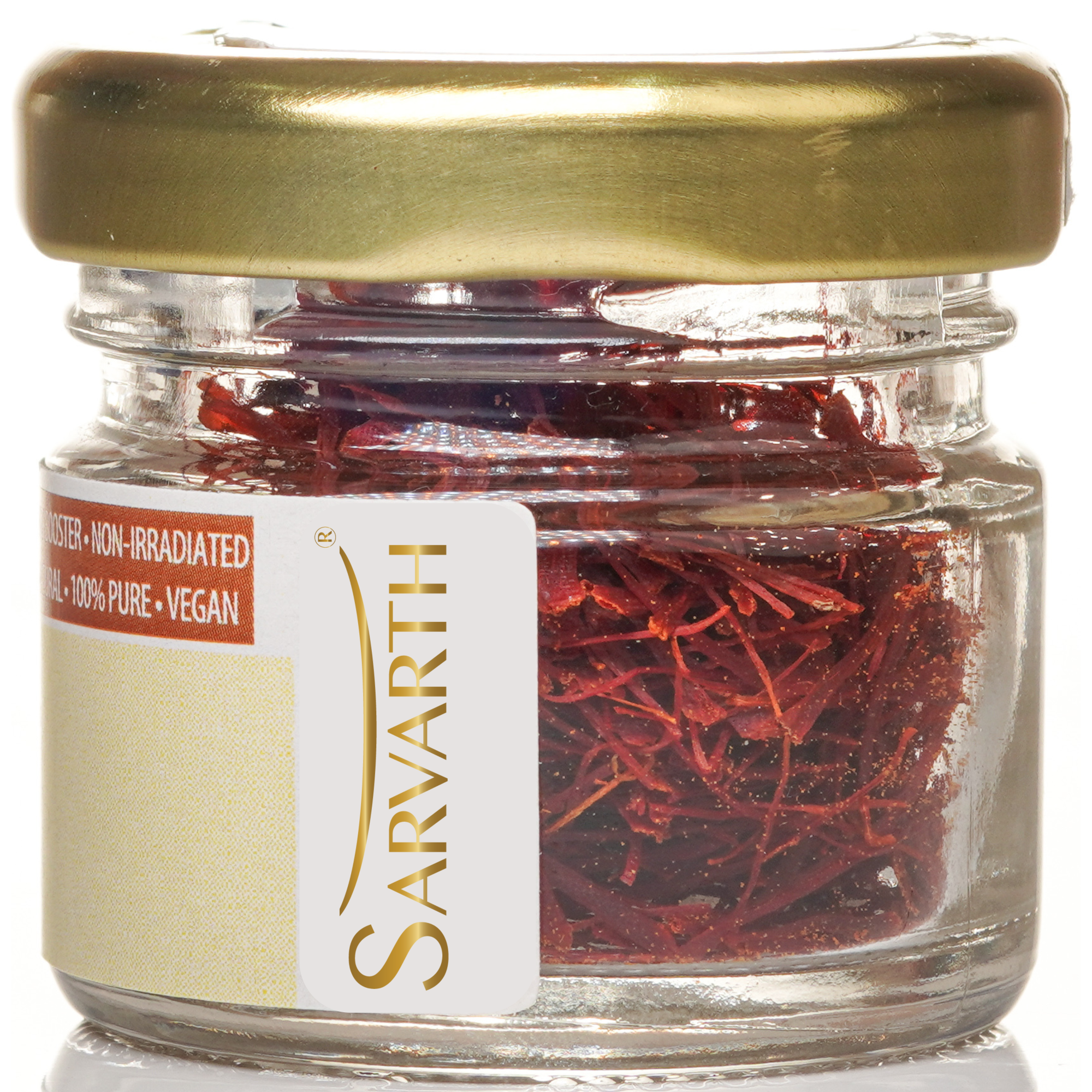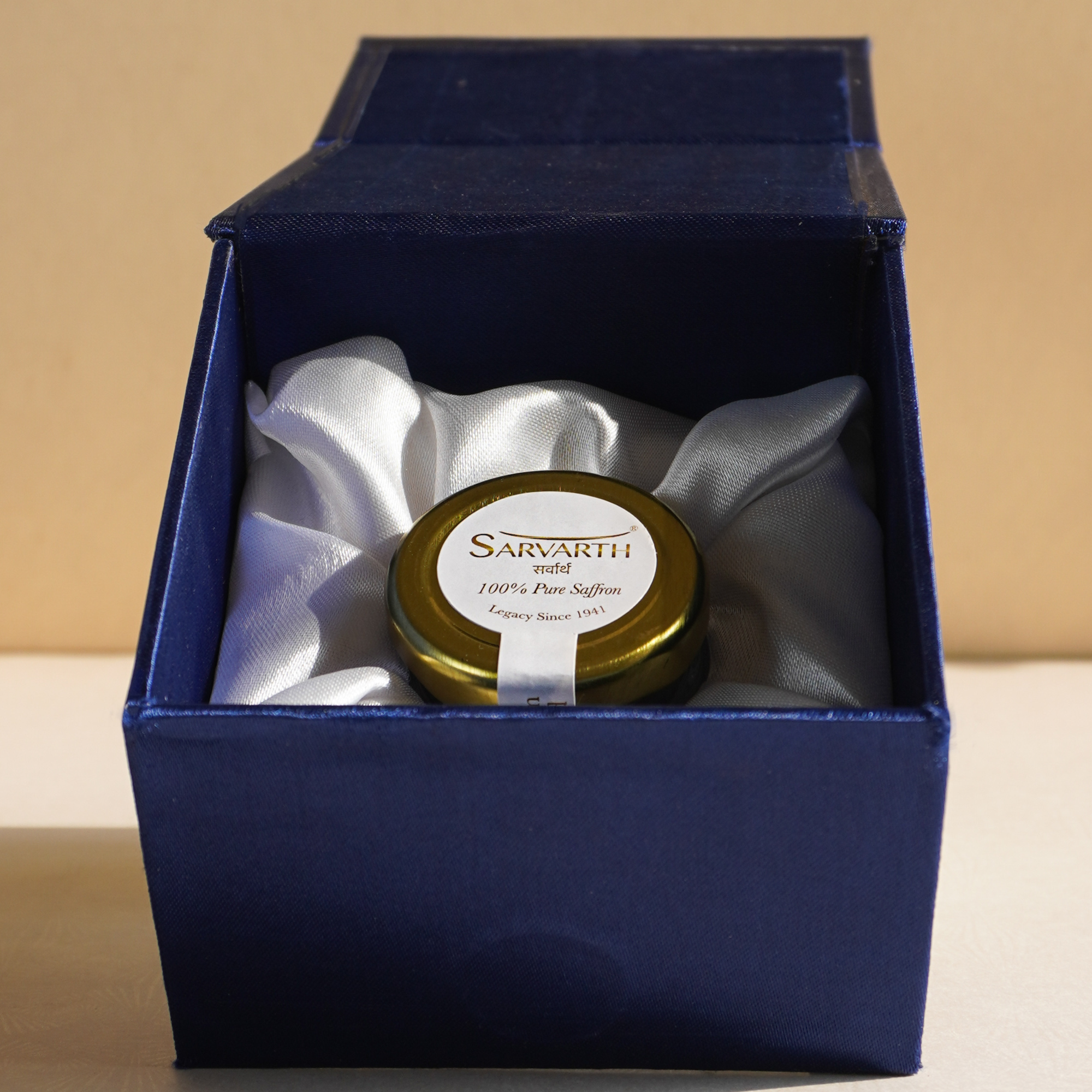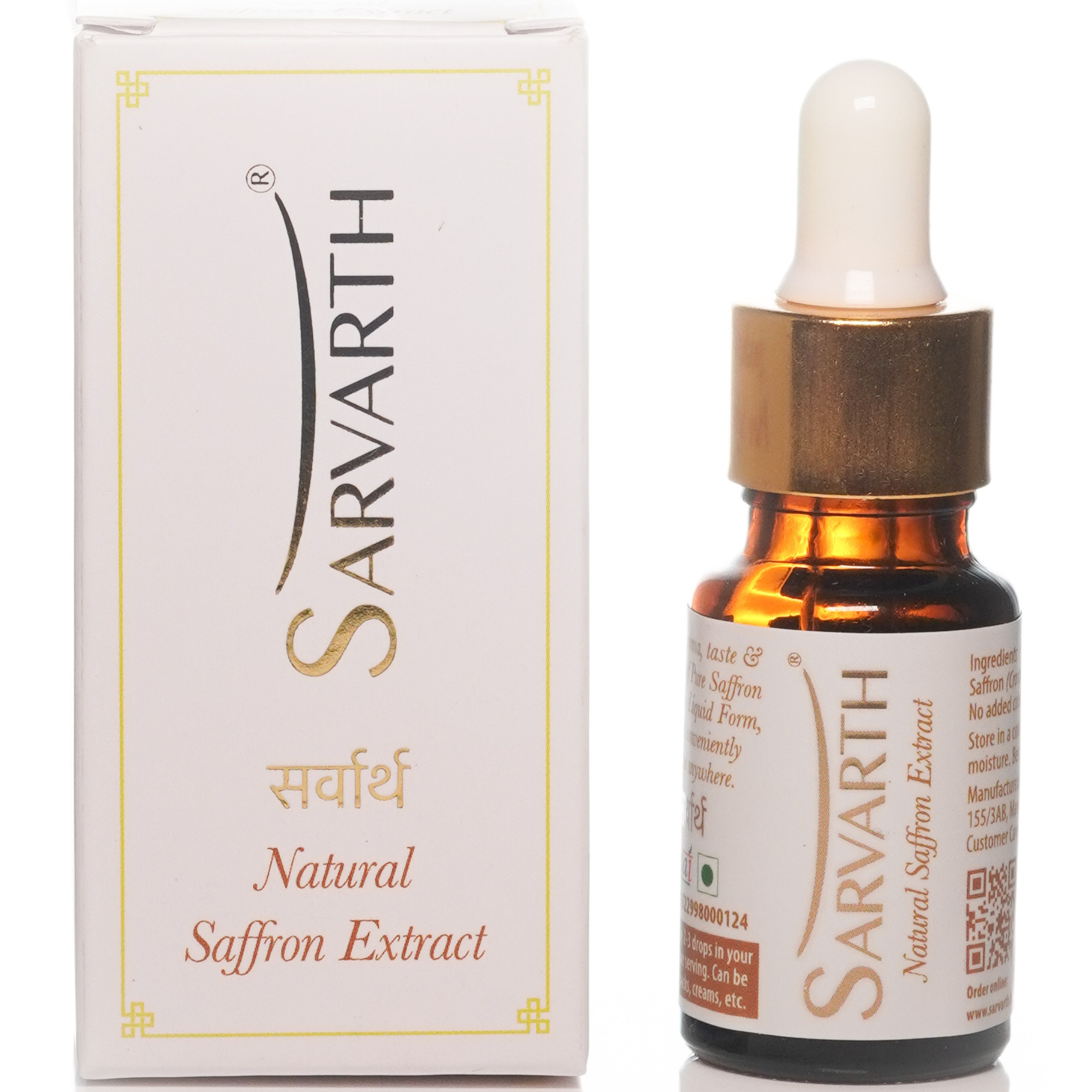Saffron: From Farm to Table
Saffron, often called the “red gold,” is one of the most revered and costly spices in the world. Its journey from farm to table is a fascinating process that involves careful cultivation, labor-intensive harvesting, and meticulous handling to ensure that its unique flavor, color, and aroma reach consumers in their finest form. This article explores the intricate journey of saffron from its cultivation to its arrival in your kitchen.
1. Cultivation: The Art of Growing Saffron
Saffron is derived from the stigma of the Crocus sativus flower, which thrives in specific climates. It requires a temperate environment with a distinct seasonal variation, characterized by dry summers and wet winters. The cultivation process begins with planting saffron corms (bulb-like structures) in well-drained, sandy soil.
– Soil Preparation : The soil must be rich in organic matter and well-draining to prevent waterlogging, which can lead to bulb rot. The ideal pH range for saffron cultivation is between 6 and 8.
– Planting : Saffron corms are typically planted in late summer or early fall. To allow their expansion they are spaced about 10-15 cm apart. The corms develop roots over the winter, and the flowering occurs in the fall.
– Flowering and Harvesting : Saffron flowers bloom in late autumn, and each flower produces three crimson stigmas. The harvesting of saffron is a delicate and labor-intensive task, requiring the careful hand-picking of these stigmas. Each flower yields only a few strands of saffron, making the process both time-consuming and costly.
2. Harvesting: The Delicate Process
The harvesting of saffron is crucial to its quality. Saffron flowers bloom for just a few days, and the stigmas must be collected promptly to preserve their flavor and color.
– Hand-Harvesting : Skilled harvesters pick the flowers early in the morning when the blooms are still closed. This ensures the stigmas are fresh and less likely to be damaged. Each flower is plucked by hand, and the stigmas are carefully separated from the flower.
– Drying : After harvesting, the delicate stigmas are spread out in a thin layer and dried, often using traditional methods such as air-drying or gentle heat. Proper drying is essential to enhance the saffron’s flavor and color while preventing mold and spoilage.
3. Processing: Ensuring Quality
Once dried, saffron is processed to ensure it meets quality standards before reaching the consumer.
– Sorting and Grading : The dried saffron threads are sorted based on their color, length, and quality. High-quality saffron is deep red with minimal yellow or orange hues. The grading process helps in determining the spice’s market value.
– Packaging : Saffron is packaged in airtight containers to preserve its delicate aroma and flavor. Packaging also helps in preventing contamination and preserving the spice’s potency.
4. Distribution: From Farms to Stores
Saffron is distributed through various channels, including local markets, specialty stores, and online platforms.
– Export and Import : Major saffron-producing countries such as Iran, India, and Spain export the spice to markets around the world. Export regulations ensure that saffron meets international quality standards.
– Retail and Culinary Use : In retail, saffron is sold in small quantities due to its high cost. It is used by chefs and home cooks alike to enhance the flavor and appearance of dishes. In culinary applications, saffron is infused in liquids to extract its color and flavor, often used in dishes like risotto, paella, and desserts.
5. Conclusion
The journey of saffron from farm to table is a testament to the intricate process of growing, harvesting, and processing this precious spice. Each step, from cultivation to packaging, plays a crucial role in preserving saffron’s unique qualities. Understanding this process not only enhances our appreciation for saffron but also underscores the dedication and expertise required to bring this exquisite spice to our tables. Whether you’re enjoying a saffron-infused dish or using it in your cooking, you’re savoring a product of meticulous craftsmanship and time-honored tradition.










